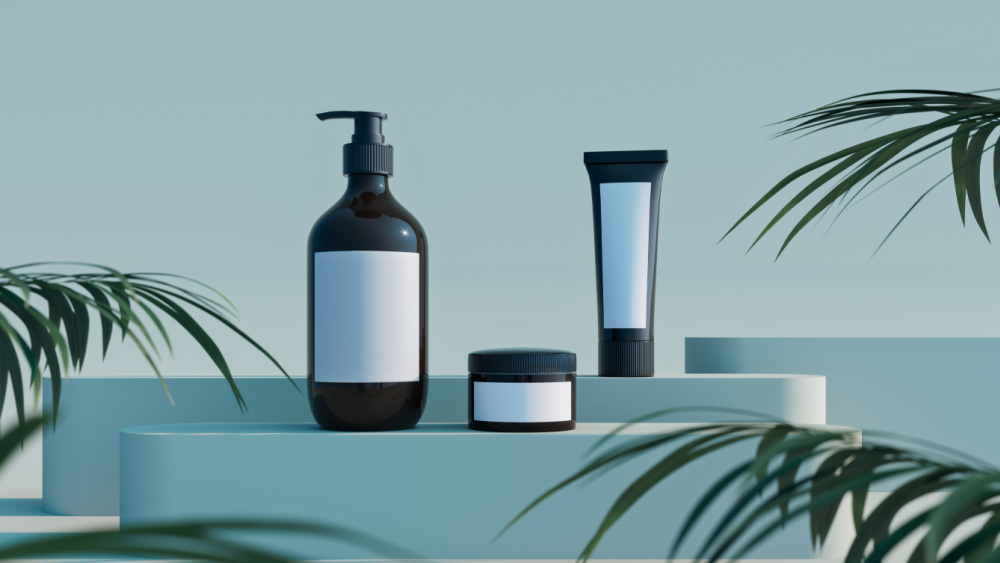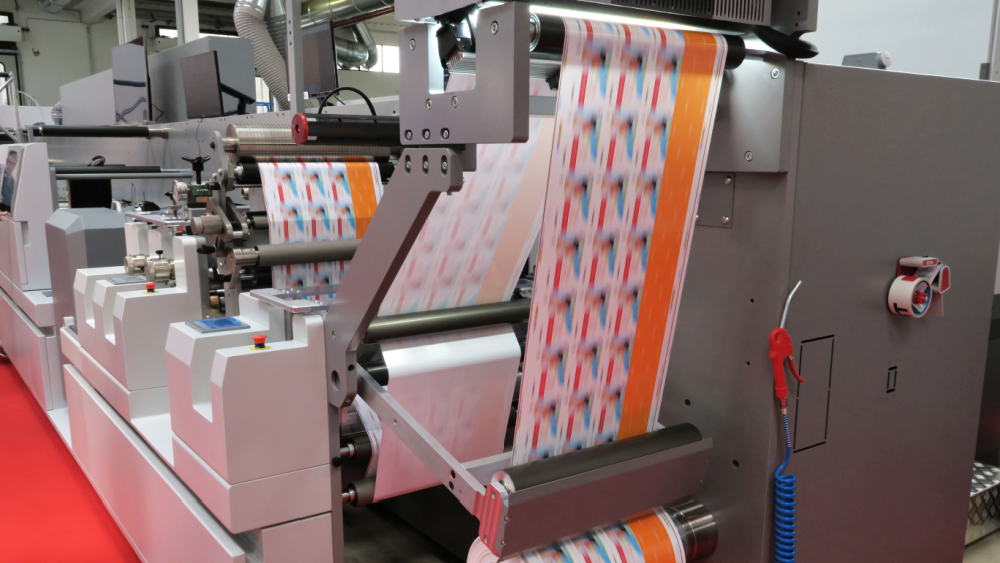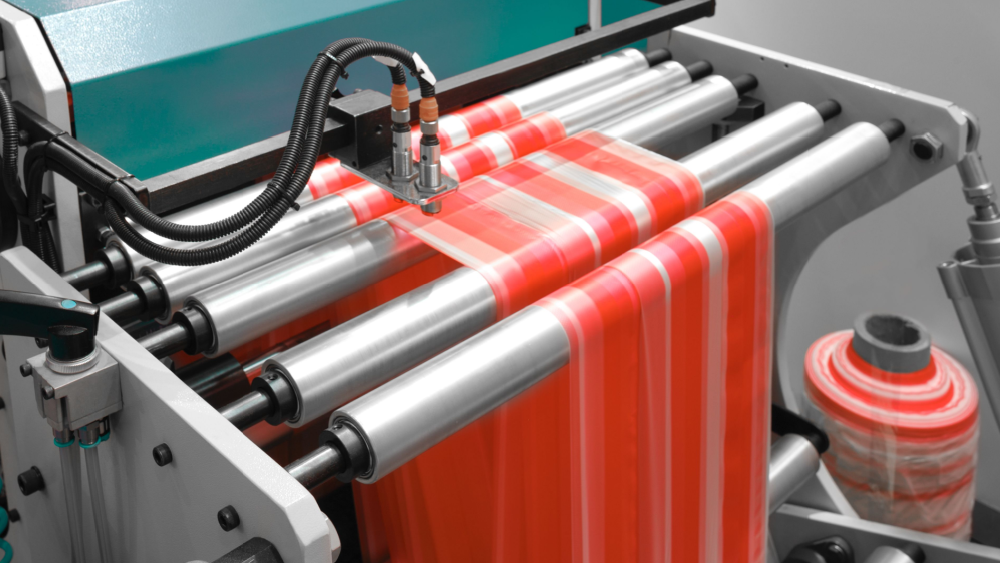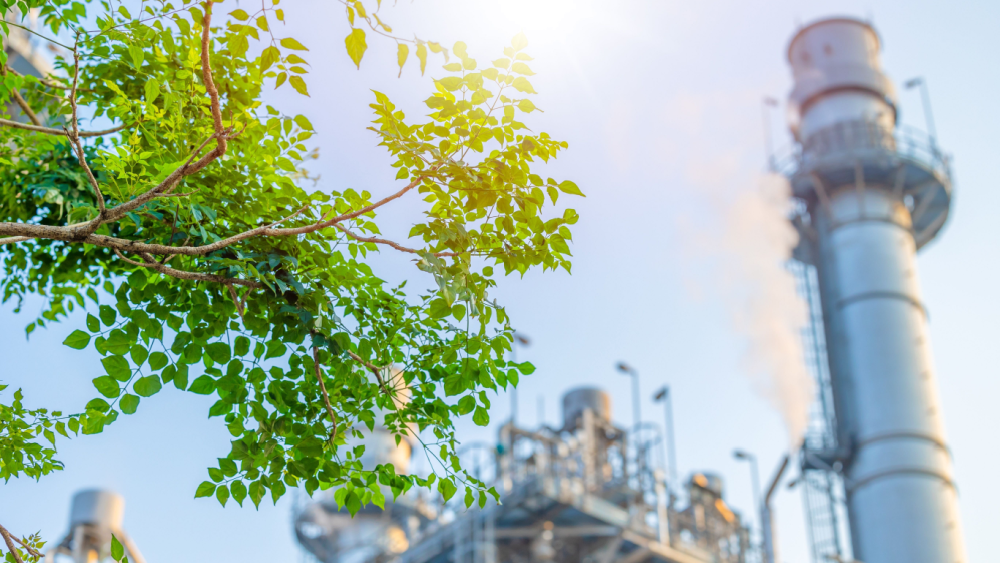Selecting the right labelling materials for your products can be challenging, regardless of industry. Balancing cost and sustainability adds another layer of complexity, emphasizing the need for careful decision-making when selecting materials.
We’ve assembled an overview of cost-efficient label material choices that can contribute to lowering your industry's carbon footprint. Although sustainability goals and initiatives are essential in any industry, we set our sights on the five largest n India: Personal & Home Care, Food, Pharmaceuticals, Industrial & Automotive, and Beverages.
Personal & Home Care
Within personal and home care, our best advice is to go with PP/PE labels, which are designed to fit the products within this segment. There are numerous PP/PE material options to choose from, which makes it easier to optimize the label size for these product types correctly. This is important because the right size matters greatly for achieving a decent sustainability level, and we cannot stress this enough.

Perhaps the most important thing to avoid on personal care products such as shampoo or lotion bottles is paper labels. Needless to say, this will negatively impact the label's functionality once in contact with water or oil-based substances.
Read more: How to design attention-grabbing labels and packaging
Food
As one of the largest product segments, the food industry in India has been pushing for cheaper materials, with the choice falling on paper labels. Although paper might work well in confectionery, it is perhaps not an appropriate choice for edible oil cans.
PP materials (Polypropylene)
If we consider the example of edible oil cans, the usual preference for label material is self-adhesive paper, mainly influenced by cost-related factors. Due to oil spillage, there is a risk that the labels get stained, which results in poor shelf appeal.
Therefore, polypropylene (PP) or polyethylene (PE) are more suitable materials. If brand owners opt for PP or PE materials, it helps promote and retain the shelf appeal for longer.

Optimizing the label’s size is an important measure for increasing sustainability and lowering costs. In some cases, labels are larger and can cover the entire can or bottle. In reality, you can only view 60-70 % of the bottle’s outline at any given time. Hence, reducing the label length by 30-40 % won’t affect functionality. Deciding to decrease the label’s size saves the environment from significant amounts of plastics and will ultimately cost less.
Additionally, using food grade ink for food industry labels is always advisable and an option that Skanem provides to all our customers.
Read more: How to improve your brand presence with In-Mold Labels
Pharmaceuticals
There is a standard within pharmaceuticals always to use paper labels, normally a face stock with 80GSM. However, downsizing the face stock from 80 GSM to 70 GSM will make the labels thinner. The effect of doing so is not only cheaper but ultimately gives back to nature.

It’s also possible to use food grade inks and FSC grade paper material here. This way, you can follow the entire sustainability chain from production to the end consumer.
Having Skanem India in your corner, we can provide your brand with the right material for the right products to achieve an adequate level of sustainability.
Industrial & Automotive
When it comes to products in the automotive industry, there are many different label materials to choose from. Product type is key for determining the correct type of material and ensuring that it meets sustainability requirements.
The price can be an obstacle for some, so the choice often falls on PP materials. As a brand owner, you need to be aware that this solution can often backfire. A typical error we see when used on products within the automotive industry is that the label peels off because it is often restricted in flexibility.

Combining PP and PE
The best suitable label material for products in the automotive industry is PE (Polyethylene). PE film is conformable, whereas PP film is rigid. Some brands use either 85-micron or 100-micron PE materials.
Sustainability being a prime agenda for Skanem, we are happy to propose using a combination of PP and PE film called FlexiPrint, which is both a cost-efficient choice and helps increase sustainability levels. This combination enables you to downsize the label thickness in order to reduce plastic consumption. With FlexiPrint, it’s also possible to reduce the PE materials to 60 microns.
This particular material combination is easier to recycle and can further aid in reaching sustainability goals. Lastly, it reduces cost due to less material usage without compromising the label’s functionality.
Read more: How monomaterials in packaging contribute to a circular economy
Beverages
There are two main product types within the beverage industry that each require different labelling solutions: Water & Carbonated drinks and Alcoholic beverages.
Water & Carbonated Drinks
This group includes products such as regular water, carbonated drinks, and juices, which are all stored in refrigerators.
Our customers prefer to use BOPP Wraparound labels and PVC shrink sleeves for non-alcoholic beverages. Label snapping, static, thickness, and deviation in the dimension of the labels are major areas to consider when using BOPP Wraparound labels. Skanem is happy to guide customers on this to enable optimal line performance.

When it comes to Shrink Sleeves, PET materials are ideal for labelling refrigerated beverages. The material is highly recyclable and reusable and can be turned into pallets or new PET containers, to name a few.
PVC (polyvinyl chloride) sleeves are the go-to choice for many start-up companies. These are non-recyclable materials that end up in the landfill after usage. Therefore, Skanem recommends switching to more environmentally friendly materials such as PET.
Cost is undoubtedly a significant factor here, too, and there is a price difference between PVC and PET materials.
Alcoholic Beverages
Labels for alcoholic beverages have different functionalities and aesthetics because they are designed to appear more attractive. Skanem recommends that brand owners within this industry segment go for labels with maximum shelf appeal.

On some products, such as Gin and Vodka, brand owners prefer to opt for a transparent film with embellishment for better shelf appeal and aesthetic look. Ideally, paper labels are advisable since they are difficult to remove from the bottle and discourage counterfeiting.
Moreover, since all wines, spirits, and beer bottles are made of glass, using a paper label with embellishments will make the product sustainable. This means that it can be recycled together with the glass bottle.
Wash-off labels
A relatively new, sustainable labelling solution for glass and metallic bottles is wash-off labels. They stick well on various surfaces and can be easily removed or washed off at the end of the product’s life cycle, leaving no residue on the bottle or primary container. This ensures that the primary container can be reused.
Read more: How much should your labels be able to endure?
At Skanem, we strive to create greener and more environmentally friendly solutions. You can read more about our joint efforts as part of the Holy Grail Project 2.0.
It’s also worth mentioning that as a customer, you have access to our return system for all the above-mentioned industries. Certain materials are re-purchased from our customers and later re-used, making the process more cost-efficient. An example is the cores on which the labels have been rolled and the cartons if they are in good condition.
Additionally, there are many governmental benefits or subsidies for increasing sustainability levels. We are more than happy to offer support in achieving the proper criteria. Reach out to us for further information about cost-efficient solutions and sustainability efforts regarding labels.







